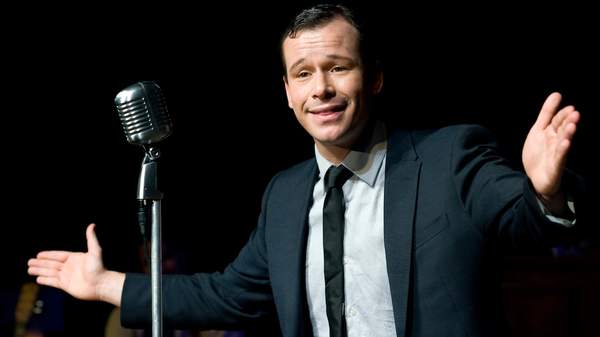Overview
In the early '60s, while Australian and American authorities were still clinging to '50s notions of decorum, Jewish-American comedian Lenny Bruce was asking why 'titties' were considered dirty when words like 'dago' and 'Abo' were part of common parlance. A champion of free speech, Bruce agitated the authorities with his fearless, expletive-rich exposure of racism and hypocrisy.
Sydney was hardly ready for the outspoken stand-up genius when he arrived in 1962. Brought out by big-time promoter Lee Gordon (Frank Sinatra, Johnny Cash, Johnny O'Keefe), Bruce was scheduled to perform a two-week stint of one-man shows. However, a hostile opening-night crowd followed by front-cover press depicting him as "sick", saw the rest of the tour cancelled.
For the next 13 days, Bruce kept a low profile in Kings Cross, hanging out with folk singer Tina Date and sustaining his drug habit, while Gordon tried to negotiate alternative venues. Bruce did not mention the visit in his autobiography, How to talk dirty and influence people, but author Damian Kringas researched enough material to write a book about it, Lenny Bruce: 13 Days in Sydney, which Benito Di Fonzo has adapted into a play.
Fonzo’s script, with its unconventional structure and beat rhythms, is something akin to a Lenny Bruce performance. The comedian's Sydney story is the eye of the cyclone, with varying faces, places and scenes (both past and present) revolving around him at a stormy speed. We meet the lovers, journalists and law enforcers who swept through Bruce's world, extending either support or scorn.
The lead role presents a challenging task. Sam Haft seemed hesitant at first, tending to lack projection, but his grip on the role strengthened in the second half, as did his expression of Bruce's blend of rebellious candour and fragility. Despite displaying the effrontery to tell a heckler to fuck off, Bruce crumbles when confronted with public rejection.
A cast of just three takes on the spectrum of satellite characters: Dorje Swallow, Lenore Munro and Damien Strouthos. In a swirling, surreal amalgam of dream, myth and reality, we witness imaginative representations of Gordon’s exchanges with Elvis, the airport scene that prevented Frank Sinatra's second Australian tour and a rather exotic ukulele duo, amongst other scenes.
Complete with upright piano, fading rugs, and low-key lamp lighting, Andrea Espinoza’s set successfully transports us into the 1960s club scene. Live jazz improvisations and folk songs, performed by the actors, punctuate the narrative.
Unfortunately, occasional oversights reduce the play's ability to punch — some comic moments are lost due to poor timing and/or execution and, without prior knowledge, our understanding of Bruce’s political relevance takes perhaps too much time.
That said, Lenny Bruce: 13 Daze Un-Dug in Sydney 1962 is a brave attempt to capture an important story. According to Richard Neville, Bruce's main legacy "was to alert young people to the fact that a lot of dickheads running the country wanted to keep the '50s going forever". Di Fonzo's drama certainly sends that message home.
Information
When
Wednesday, April 10, 2013 - Saturday, May 4, 2013
Wednesday, April 10 - Saturday, May 4, 2013
Where
Bondi Pavillion TheatreQueen Elizabeth Dr
Bondi Beach
